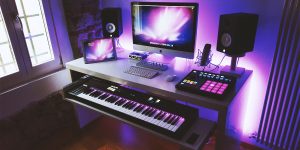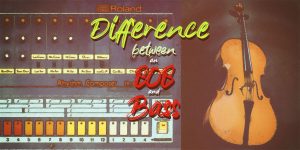Do your MIDI bass parts sound efficient yet a kind of static? Want to make them sound more natural and add some groove? Then you’re in the right place. Here, I’m sharing some insight on how to make your tracks vibrant. Even an experienced musician will find it difficult to notice the difference between a recorded instrument and a MIDI part if all the nuances of a live performance are considered. So, without further ado, let’s get into the details.
Suitable diapason

Over the years, we have heard live music and our brain is very alert to “mistakes” caused by “wrong” sounding instruments. Of course, no one can restrict you from using a certain instrument the way you want. Your VSTi may have 5 or more octaves, however, if the notes in MIDI bass sound throughout the diapason, this is unlikely to make your music better. A simple yet effective method that will definitely improve your parts is to have a clear understanding of the range in which the instrument sits perfectly. It depends on its role in the song and whether a human can play this.
It would be great to watch a few examples of playing the instrument or even take several lessons for beginners to ensure your MIDI parts sound more realistic.
Avoid legato
When playing, a bassist lifts fingers, mutes strings, and picks, hence, there will be a space between notes in bass lines. Go through your MIDI sequence note by note, making sure that notes do not extend over the attack of other notes. There will be a brief note collision if two notes are played simultaneously, and it won’t sound like a true bass. If the notes are really far apart, I will even widen the gap between them.
Control the velocity
Notes with unusual loudness sound artificially. A live performer may play certain notes quieter, while others louder. That is mostly due to articulation, which emphasizes the distinctiveness of the dolia rhythm with a stronger tone. This dynamic creates a groove. When composing a MIDI part, you have complete control over each separate note’s velocity in the piano roll (MIDI editor). Be sure to use it.
Use slaps and slides
Being used by real-life musicians, slaps and slides make bass parts more unique and exciting. Apply these techniques if your virtual instrument allows it. This will add drive, playfulness, and recognizability to your music and perfectly convey the “rock and roll” mood, regardless of the genre. A great technique for filling pauses and transitions between parts!
Use a mod wheel

A mod wheel is very helpful if you want to emphasize certain notes and parts of the beat or create accents and special effects. That’s because its action can be programmed for almost any effect of your VSTi. You can use the mod wheel on your MIDI keyboard or inside a piano roll.
This allows you to:
- Assign a mod wheel for the distortion effect to make individual notes “overdrive” if you want to emphasize the groove
- “Close” high frequencies in the rarefied parts of your song to create dynamics throughout the composition
- Assign it to a reverb or delay effect to deliver very interesting special effects for transitions, bridges, intros, and outros of your composition.
You can also use a pitch blend from your MIDI keyboard or in the MIDI editor. This technique will help you diversify the parties by creating such effects:
- Tremolo only in those parts of the track where you want to hear it
- Produce glides which are an inevitable part of live bass playing
- Unusual transitions of one or two octaves up or down as special effects in more rarefied parts of your music.
The bass line is the foundation of your song – it sets the tone of the composition, provides its density due to the sounding of low frequencies, and creates the groove when combined with other instruments and drums.
Creating realistic MIDI bass parts is not an easy task, but it’s achievable when you know how to leverage the power of modern technology correctly. When you understand what techniques real-life musicians use and take advantage of the features listed above, you can write a convincing sound that will give your tracks an organic feel. With these tips in hand, there’s no limit to the heights of creativity you can reach!





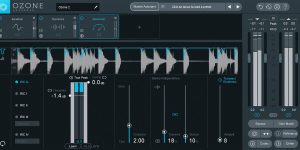
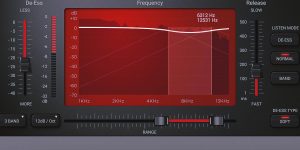
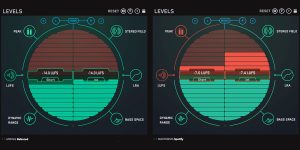
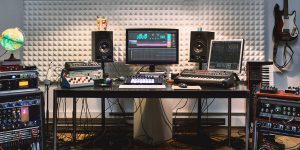
![What exactly makes a song good? [The Hits Anatomy]](https://dopevst.com/wp-content/uploads/2023/08/what-makes-music-good-300x150.jpg)
